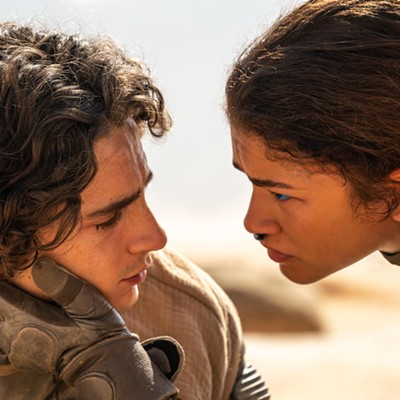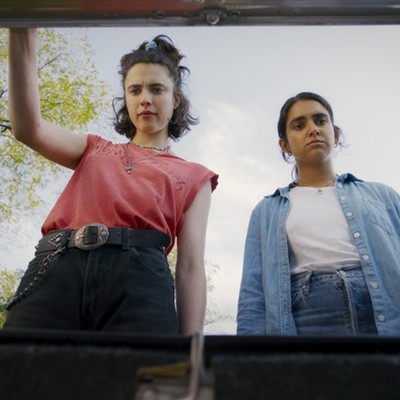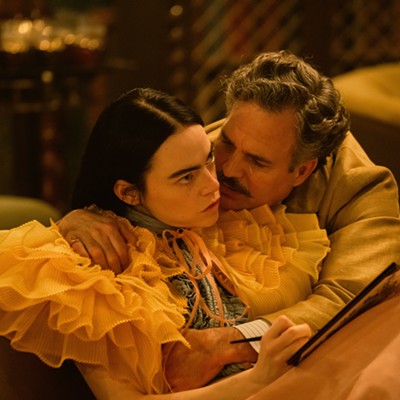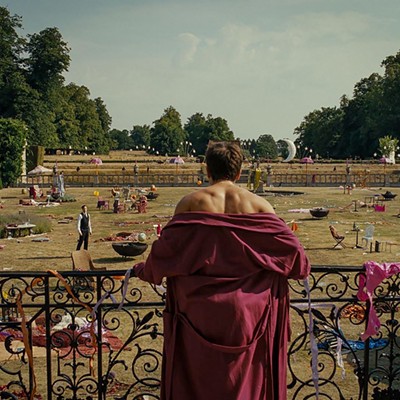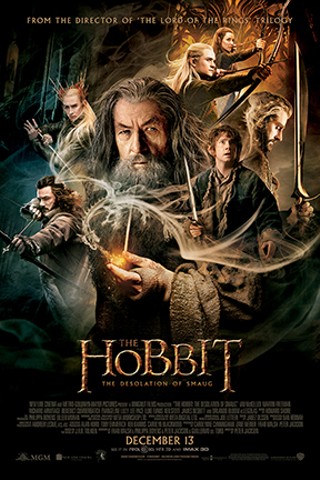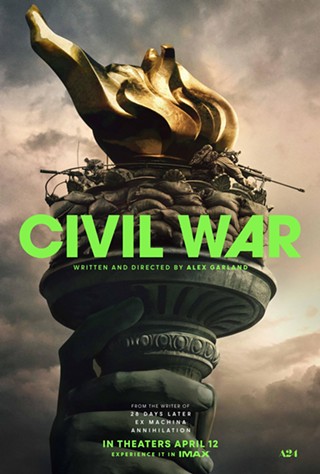A curious thing happens about two hours and 40 minutes into the latest Hobbit movie: You don't want it to end. More curious still: There's enough story left that it arguably shouldn't end. After the debacle of the first Hobbit adaptation, The Desolation of Smaug is more than a welcome change of pace. It's reason enough for the entire trilogy to exist.
But let's back up briefly. The first film in the series—An Unexpected Journey—was also in the three-hour range. But its origin story didn't require nearly that much time, so we had overly bloated scenes everywhere and all sorts of dissonance in tone as director Peter Jackson laid on the merry playfulness of the dwarves entirely too thick. By the time that journey actually began, it really was kind of unexpected because we wasted 30 minutes watching dwarves get drunk first.
There was only the poor technical decision to release the film (in a limited capacity) in High Frame Rate 3-D, so 48 frames of film per second rather than the usual 24. Theoretically, that makes a film look more lifelike. But 3-D, despite what anyone may tell you, is wildly artificial and not at all lifelike, so the combination of the two was very difficult thing to get used to and a poor fit for a film that was way too long.
Though the HFR 3-D is back again, critics were spared from enduring it this time around. Hopefully, you'll make the same decision. Truly, neither film needs it, because a nauseous audience has a hard time enjoying almost anything. Even without that constant annoyance, The Desolation of Smaug shows all the cohesion and daring that its predecessor did not. Most of this film is as good as anything in the Jackson-helmed Tolkien universe.
After a brief prologue, we're right back on the road to Lonely Mountain, where Bilbo Baggins (Martin Freeman) and the dwarves seek the Arkenstone. It's being held, along with all the riches of the dwarf kingdom, by Smaug, a fire-breathing dragon who, even by cinematic standards for dragons, is pretty damned intimidating.
Like all things Hobbit/Lord of the Rings, the quest owes a lot to Homer's Odyssey, with all manner of beasties and peril at every turn. We saw some of that in An Unexpected Journey, but it's the bulk of the action here. And once again, Jackson (flanked by his crack effects team at WETA in New Zealand) have outdone the first film. The astonishing point to consider there, of course, is that all the Hobbit films, like Lord of the Rings, are one big production; there's no reason the effects in this film should be so much more vibrant. From Smaug to hordes of spiders to an epic battle between orcs and elves, it all works better.
Speaking of elves, there's a Legolas sighting. Orlando Bloom returns, even though the character is nowhere to be found in Tolkien's original text of this story. He doesn't get in the way or anything, and there's probably a vast contingent of fans who will be delighted to see him. Perhaps originalists will have a bigger problem with Tauriel, an elven warrior portrayed by Evangeline Lilly that Jackson created out of thin air.
Both of those appearances can presumably be traced back to the fact that The Hobbit was only about 300 pages, not nearly enough for nine hours of screen time. Also because of that, we're treated to more character development of the dwarves than you might expect. Thorin Oakenshield (Richard Armitage) was the primary supporting character during the first third of this trilogy, and since he's the king-in-waiting, he's still a huge factor. But watch more closely for the white-bearded Balin (Ken Scott); he's the conscience of the company of dwarves, the discretion to Thorin's valor. It's rare to find such a subtle performance in a film so bombastic.
And all of this leads to a mammoth confrontation with Smaug (voiced by Benedict Cumberbatch). It might be the most arresting part of the film, and it's certainly the primary contribution Desolation makes to the Tolkien legendarium. It's pretty gripping to watch Bilbo and the dwarves try to outwit and outmaneuver the dragon, but Jackson still finds room for a couple moments of comic relief to break the tension. That the film can hold our attention more than two hours in, and that it has held our attention almost all of the way, is a testament to Jackson's passion for the story and his ability to navigate it.
As a bridge film, The Desolation of Smaug breathes some pretty rare air. Most second films in pre-destined trilogies don't have much to offer. Maybe as a result of the sluggish first Hobbit movie, Jackson spiced this one up in editing. There were some reshoots this summer—10 weeks, in fact, which is hardly cosmetic—so it's possible some of this caught fire there. Whatever the magic formula was, it works this time in every way An Unexpected Journey did not.

